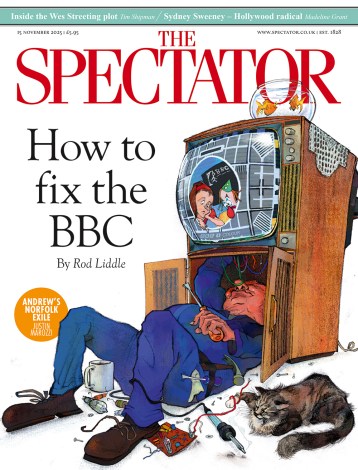Titian’s paintings have always been both loved and revered, and he is without question the most influential artist who has ever lived. In the 17th century, Rubens, Van Dyck, Velázquez and Rembrandt were all under his benign spell, but even more remarkably over 400 years after his death his power continues to impress. It is not by chance that both the National Gallery and the Royal Ballet are currently celebrating Titian as a source of inspiration for newly created art, ballet and music, because he remains in so many ways the most contemporary of the Old Masters.
In the world of art history, the study of Titian has given birth to a massive bibliography, which includes a host of brilliant detailed contributions, but nothing even remotely approaching a wholly satisfactory full-dress monograph or catalogue raisonné. The precise contours of his output — are individual pictures autograph or workshop, finished or unfinished? — have provoked violent differences of opinion among scholars, and appear set to continue to do so for the rest of time. The same goes for the interpretation of the subject matter of a perhaps surprisingly large number of his works, with some wanting virtually every detail to be pregnant with profound significance and others regarding Titian’s iconography as almost moronically straightforward.
The last serious account of his life and works was published in two mighty volumes in 1877 (the second edition dates from 1881) by Joseph Archer Crowe and Giovanni Battista Cavalcaselle, who were arguably the greatest authorities on renaissance art of their period. Sheila Hale is scrupulously up to date on current debates within the discipline, but paradoxically one of the many merits of her monumental biography is precisely that she is not a professional art historian.
Perhaps as a result, she is incredibly good at seeing the wood from the trees, is immune to the lure of factional trench warfare, and tends to discuss thorny problems with a sure grasp of the pros and cons of both sides of the argument. This does not mean that she is unable to make up her mind, but rather that she helps the reader to distinguish between certainties and hypotheses.
Nobody knows precisely when Titian was born — nor, it seems, did he — but he enjoyed an extremely long and productive career (he was active well before 1510 and died in 1576), which makes simply covering the ground a major undertaking. It is therefore a considerable achievement that Hale’s consideration of Titian’s art is not only comprehensive, but also almost unfailingly sound on a factual level.
In addition, she writes extremely well about both the physical appearance of his paintings and their emotional force. At times, I found myself totally disagreeing with her about the qualities — or more often lack of them, since she is only too happy to accuse her Homer of nodding — of particular works, but that is neither here nor there.
All but inevitably, moreover, given the enormity of the task undertaken, there are occasional lapses. Some of these — as when Sixtus IV becomes Sixtus V or Alexander VI becomes Alexander VII — are a consequence of the refusal of modern publishers to value eagle-eyed copy-editors. Others are less obvious, as when Titian’s ‘Charles V on Horseback’ is compared with the ancient equestrian statue of Marcus Aurelius on the Capitol in Rome, not merely in artistic terms, but is also interpreted as showing the former as the latter’s heir. The problem is that it was only around 1600 that the identification of the statue in question as representing Marcus Aurelius — which had admittedly previously been mooted — gained wide acceptance.
Titian’s art is quite rightly the heart of this mighty book, but both the rest of his day-to-day existence and the bigger picture of his times are accorded admirably thorough treatment too, often by means of judicious quotations from original sources. Titian’s correspondence, above all with the Spanish court, and a mass of other documents give us considerable insight into his love of money and his family affairs, while such illustrious friends as Pietro Aretino and Jacopo Sansovino here become far more than mere supporting players within his story.
At the same time, Hale paints eloquent pictures of the triumphs and disasters of the age. Titian lived through the rise of Luther and the Sack of Rome, the Battle of Lepanto and the flaying alive of Marcantonio Bragadin by the Turks. As if this were not enough, the smells and sights of his Venice are brilliantly brought to life.
At one point, Hale refers to Titian as ‘the most Shakespearean of painters’. I am not sure I know exactly what she intends by this, but suspect it is above all a mark of his extraordinary stature. If so, as with so many of her judgements, it makes perfect sense.






Comments